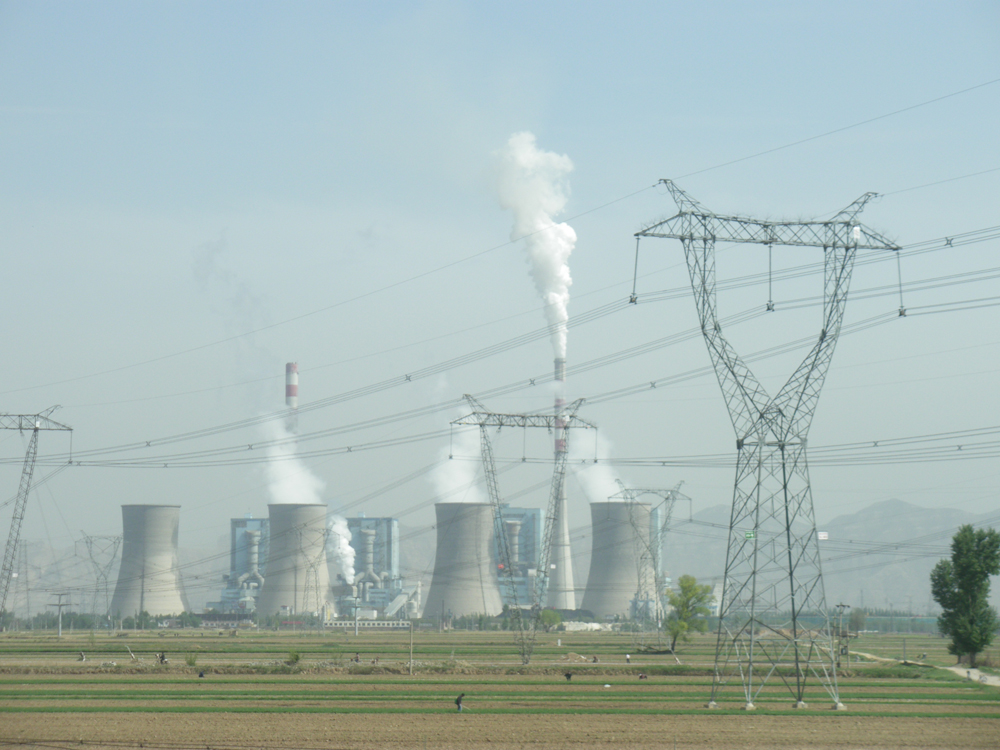| << Chapter < Page | Chapter >> Page > |
Determine your own power rating by measuring the time it takes you to climb a flight of stairs. We will ignore the gain in kinetic energy, as the above example showed that it was a small portion of the energy gain. Don’t expect that your output will be more than about 0.5 hp.
Examples of power are limited only by the imagination, because there are as many types as there are forms of work and energy. (See [link] for some examples.) Sunlight reaching Earth’s surface carries a maximum power of about 1.3 kilowatts per square meter A tiny fraction of this is retained by Earth over the long term. Our consumption rate of fossil fuels is far greater than the rate at which they are stored, so it is inevitable that they will be depleted. Power implies that energy is transferred, perhaps changing form. It is never possible to change one form completely into another without losing some of it as thermal energy. For example, a 60-W incandescent bulb converts only 5 W of electrical power to light, with 55 W dissipating into thermal energy. Furthermore, the typical electric power plant converts only 35 to 40% of its fuel into electricity. The remainder becomes a huge amount of thermal energy that must be dispersed as heat transfer, as rapidly as it is created. A coal-fired power plant may produce 1000 megawatts; 1 megawatt (MW) is of electric power. But the power plant consumes chemical energy at a rate of about 2500 MW, creating heat transfer to the surroundings at a rate of 1500 MW. (See [link] .)

| Object or Phenomenon | Power in Watts |
|---|---|
| Supernova (at peak) | |
| Milky Way galaxy | |
| Crab Nebula pulsar | |
| The Sun | |
| Volcanic eruption (maximum) | |
| Lightning bolt | |
| Nuclear power plant (total electric and heat transfer) | |
| Aircraft carrier (total useful and heat transfer) | |
| Dragster (total useful and heat transfer) | |
| Car (total useful and heat transfer) | |
| Football player (total useful and heat transfer) | |
| Clothes dryer | |
| Person at rest (all heat transfer) | |
| Typical incandescent light bulb (total useful and heat transfer) | |
| Heart, person at rest (total useful and heat transfer) | |
| Electric clock | |
| Pocket calculator |
We usually have to pay for the energy we use. It is interesting and easy to estimate the cost of energy for an electrical appliance if its power consumption rate and time used are known. The higher the power consumption rate and the longer the appliance is used, the greater the cost of that appliance. The power consumption rate is , where is the energy supplied by the electricity company. So the energy consumed over a time is

Notification Switch
Would you like to follow the 'College physics for ap® courses' conversation and receive update notifications?